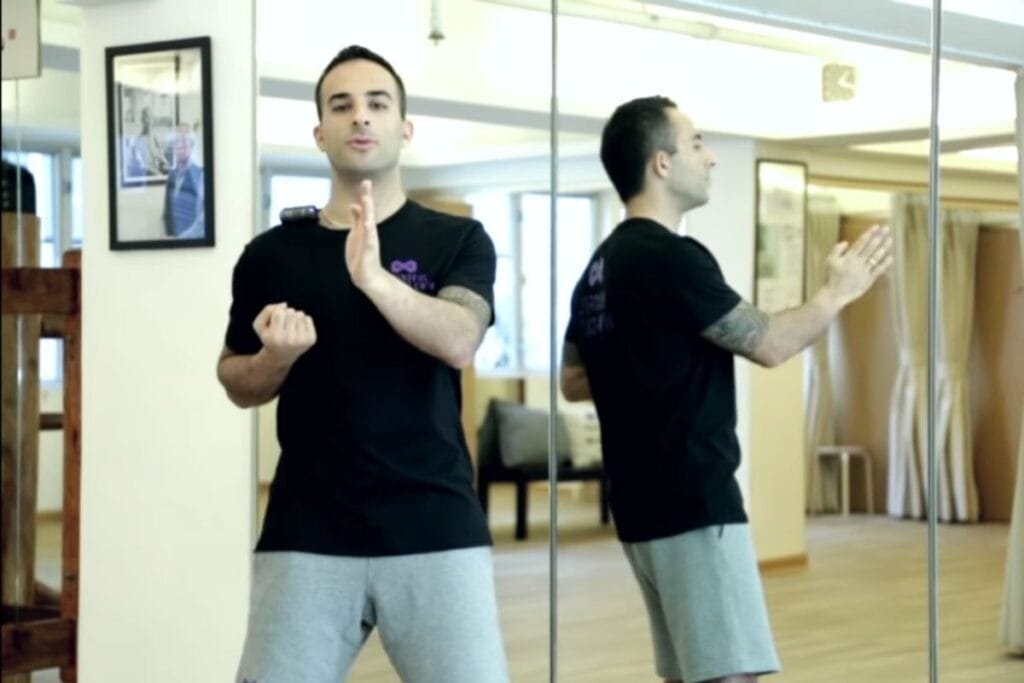As a beginner in wing chun, I would like to share my experience as a long-time mindfulness practitioner and teacher with you all and wonder if others have had a similar insight. It occurs to me that I am getting something from Wing Chun that I never got from vipassana or Zazen. It seems to me that Siu Nim Tao (SNT), as practiced in this lineage, is a much healthier form of mind training than those two sitting practices.
There is an expression: “Sitting is the new smoking,” which refers to the new data showing the strong inverse correlation between exercise and chronic medical conditions. In fact, even neurodegenerative diseases share that same inverse correlation between exercise and disease. I believe that SNT is a much healthier mindfulness activity due to the physicality of it than a mindfulness-based sitting practice.

Furthermore, the very slow physical movement in Siu Nim Tao of just the shoulder girdle and arms while the rest of the body remains still, seems to enhance mindfulness. In addition to a long-time sitting practice, I have practiced a Tai Chi form (under William C.C. Chen) since the late 1970s. Although the Tai Chi form is performed very slowly, I have found that even the slowness of the movements in Tai Chi do not allow for the same depth of mindfulness that the SNT practice provides.
Siu Nim Tao – Mindful Exercise
Throughout the day, whenever I do my SNT, I become aware of extraneous thoughts and images. Just as in a sitting mindfulness practice, my SNT practice involves continually refocusing my attention on the usual foci of the practice, such as tai gung, seng, and continually tuning in to my center of balance as well as working (maybe playing) with letting go of any unnecessary muscular tension.
Nim Tao State Possible?
At this beginning stage of my Wing Chun practice, I find that I need to engage my prefrontal cortex (PFC) in order to focus on those things. Although I look forward to someday developing the ability to just go into the Nim Tao state (if I live long enough), my present need to use conscious intent to practice tai gung, seng, and continually tune in to my center of balance is proving to be a great form of attentional training or mindfulness as I have to keep bringing my full attention back from my wandering mind. So, my belief is that my need to use conscious intent in SNT practice actually has very real value in terms of attentional training.
Another Benefit To Do SNT
There is still another possible benefit to SNT practice I would like to share. In a very recent paper published in Neuron, the authors (from University of Queensland) state: “We have known for some time that the dendrites of the output neurons of the neocortex only become active when animals are actively performing a behaviour, and that this activity is correlated with perception and task performance.” I see their findings as further evidence of the advantage of SNT over vipassana or Zazen, because in SNT, we are performing a behavior and not just using the mind to observe the workings of the mind.
– Larry Berkelhammer
Reference: Stephen R. Williams, Lee N. Fletcher. A Dendritic Substrate for the Cholinergic Control of Neocortical Output Neurons. Neuron, 2018; DOI: 10.1016/j.neuron.2018.11.035
